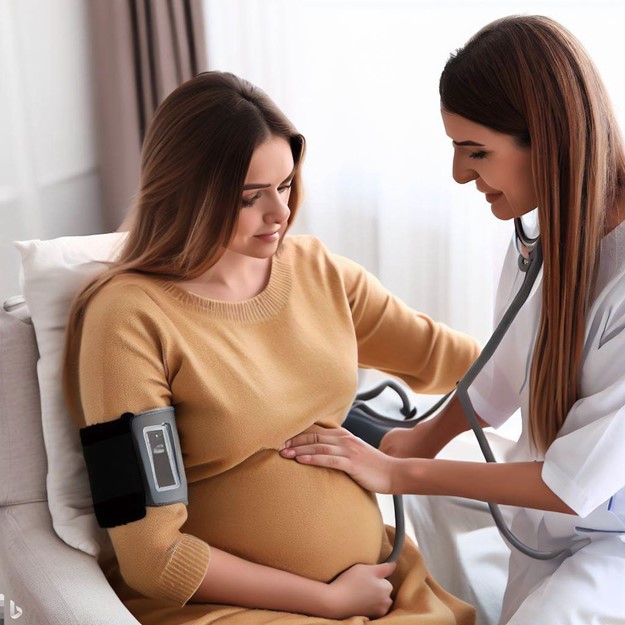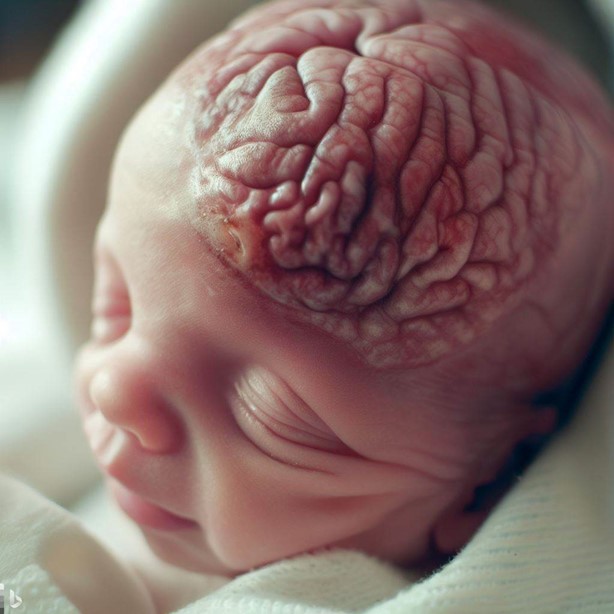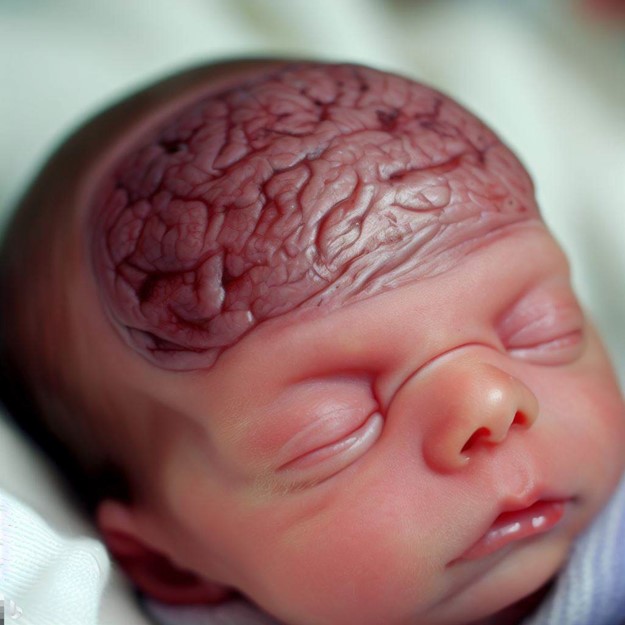When planning the care for a client during the first 24 hours postpartum, the nurse expects to monitor the client's pulse and blood pressure frequently based on the understanding that the client is at risk for which condition?
Thromboembolism
Cervical laceration
Hemorrhoids
Hemorrhage
The Correct Answer is D
Hemorrhage. This is because postpartum hemorrhage (PPH) is severe bleeding and loss of blood after childbirth that can lead to death. The most common cause of PPH is the uterus not contracting properly after delivery. The nurse needs to monitor the client’s pulse and blood pressure frequently to detect signs of shock and blood loss.
Choice A is wrong because thromboembolism is a blood clot that blocks a blood vessel, not a complication of bleeding.
Choice B is wrong because cervical laceration is a tear in the cervix that can cause bleeding, but it is not a common cause of PPH.
Choice C is wrong because hemorrhoids are swollen veins in the anus or rectum that can cause bleeding, but they are not a common cause of PPH.

Nursing Test Bank
Naxlex Comprehensive Predictor Exams
Related Questions
Correct Answer is A
Explanation
This is because cephalhematoma is a collection of blood under the scalp that does not cross the suture line. It is caused by trauma to the head during delivery, such as from vacuum extraction or forceps. It usually appears within a few hours or days after birth and resolves within weeks or months.


Choice B is not correct because nevus flammeus is a type of birthmark that is also known as port-wine stain. It is a flat, red, or purple patch of skin that can appear anywhere on the body, but often on the face. It is caused by abnormal blood vessels in the skin and does not go away over time³.
Choice C is not correct because the molding is the temporary change in the shape of the head due to pressure during delivery. It does not cause swelling or bruising and usually resolves within a few days.
Choice D is not correct because caput succedaneum is a type of swelling that affects the scalp and crosses the suture line. It is caused by fluid accumulation under the scalp due to pressure during delivery. It usually appears at birth and goes away within a few days.
Correct Answer is D
Explanation
Ineffective airway clearance related to mucus and water secretions. This is because newborns who are born via cesarean delivery are at risk for respiratory distress due to the lack of compression of the chest during birth. This can result in retained mucus and fluid in the lungs that can interfere with breathing and oxygenation. The nurse should prioritize clearing the airway and monitoring the respiratory status of the newborn.

Choice A is wrong because ineffective thermoregulation related to heat loss to the environment is not specific to cesarean delivery. All newborns are prone to heat loss due to their large surface area and thin skin. The nurse should maintain a warm and dry environment for the newborn and prevent exposure to cold surfaces.
Choice B is wrong because altered nutrition less than the body requirement related to limited formula intake is not specific to cesarean delivery. All newborns need adequate nutrition to support their growth and development. The nurse should monitor the intake and output of the newborn and assist with feeding as needed.
Choice C is wrong because altered urinary elimination related to post- circumcision status is not specific to cesarean delivery. Circumcision is an elective procedure that may or may not be performed on male newborns. The nurse should provide wound care and pain relief for the circumcised newborn and observe for signs of infection or bleeding.
Whether you are a student looking to ace your exams or a practicing nurse seeking to enhance your expertise , our nursing education contents will empower you with the confidence and competence to make a difference in the lives of patients and become a respected leader in the healthcare field.
Visit Naxlex, invest in your future and unlock endless possibilities with our unparalleled nursing education contents today
Report Wrong Answer on the Current Question
Do you disagree with the answer? If yes, what is your expected answer? Explain.
Kindly be descriptive with the issue you are facing.
